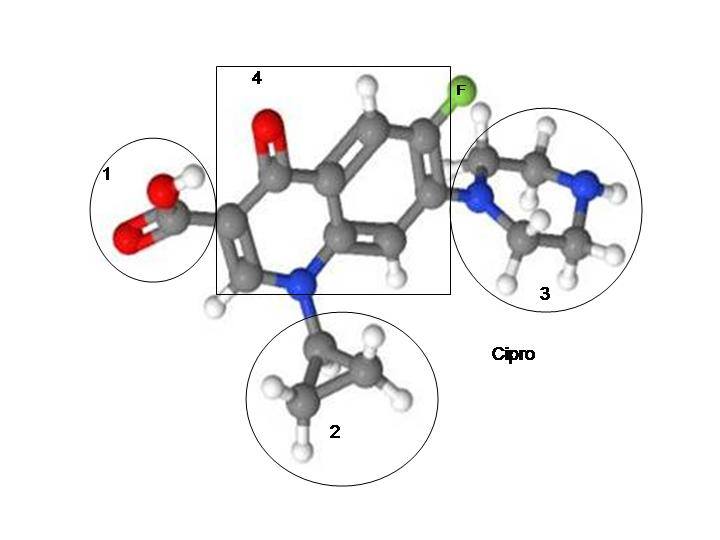Mitochondria and Peripheral Neuropathy – Article out of Johns Hopkins
I highly recommend reading this article –
Feet First? Old Mitochondria Might Be Responsible For Neuropathy In The Extremities
It’s a fascinating article out of Johns Hopkins Medicine.
It goes over the connection between mitochondrial damage and peripheral neuropathy.
As an explanation as to how dysfunctional mitochondrial lead to peripheral neuropathy, the article notes that:
“He and his colleagues suspected that the reason (for peripheral neuropathy) might lie within mitochondria, the parts of cells that generate energy. While mitochondria for most cells in the body have a relatively quick turnover — replacing themselves every month or so — those in nerve cells often live much longer to accommodate the sometimes long journey from where a cell starts growing to where it ends. The nerve cells that supply the feet are about 3 to 4 feet long in a person of average height, Hoke explains. Consequently, the mitochondria in these nerve cells take about two to three years to travel from where the nerve originates near the spine to where it ends in the foot.”
Peripheral Neuropathy and HIV/AIDS
It is also noted in the Johns Hopkins article that peripheral neuropathy is “a condition that often accompanies other diseases including HIV/AIDS.” I wonder, is peripheral neuropathy in HIV/AIDS patients caused by the disease, or the treatment for the disease? In Mitochondria as a Target of Environmental Toxicants, it is noted that:
“Another example is the nucleoside reverse transcriptase inhibitors (NRTIs) that are used to combat human immunodeficiency virus (HIV) infection. NRTIs act by inhibiting the reverse transcriptase activity required for viral replication. They have been highly successful in treating adults and in preventing transmission of HIV from pregnant mothers to their children, but unfortunately many NRTIs also inhibit the mtDNA polymerase γ. This has resulted mtDNA depletion- and mutation-mediated mitochondrial toxicity, and even death, in patients and in animal models (Benhammou et al., 2007; Blanche et al., 1999; Chan, 2007; Claessens et al., 2003; Divi et al., 2010; Kohler and Lewis, 2007). Similar effects have been observed with nucleoside analogs intended for other viruses as well (McKenzie et al., 1995). Thus, chemicals that damage mtDNA or alter its copy number can have very serious health consequences.”
Pharmaceuticals and Mitochondrial Damage / Peripheral Neuropathy
I think that the article out of Johns Hopkins is great, and I greatly appreciate the research that has been done. However, I suspect that the researchers missed an opportunity in not noting that drugs that deplete mitochondrial DNA are responsible for many cases of mitochondria related peripheral neuropathy.
The damage to mitochondria done by NRTIs is well documented.
Other drugs, including fluoroquinolone antibiotics – Cipro/ciprofloxacin, Levaquin/levofloxacin, Avelox/moxifloxacin and Floxin/ofloxacin – are also well-documented as being destructive to mitochondria AND causing peripheral neuropathy.
In the article, Calcium Signals Are Affected by Ciprofloxacin as a Consequence of Reduction of Mitochondrial DNA Content in Jurkat Cells, it is noted that ciprofloxacin, a fluoroquinolone depletes mitochondrial DNA content. It is also noted in the article, Delayed cytotoxicity and cleavage of mitochondrial DNA in ciprofloxacin-treated mammalian cells, that ciprofloxacin treated cells show a loss of mitochondrial DNA.
Though Delayed cytotoxicity and cleavage of mitochondrial DNA in ciprofloxacin-treated mammalian cells was published in 1996, it was not until 2013 that the FDA added the risk of permanent peripheral neuropathy to the warning labels for fluoroquinolones. The case study, Permanent Peripheral Neuropathy: A Case Report on a Rare but Serious Debilitating Side-Effect of Fluoroquinolone Administration illustrates the severity of peripheral neuropathy brought on by (the mitochondrial damage done by) fluoroquinolones.
It is also noted in the FDA’s April 27, 2013 Pharmacovigilance Review, “Disabling Peripheral Neuropathy Associated with Systemic Fluoroquinolone Exposure,” that the mechanism for action through which fluoroquinolones induce peripheral neuropathy is mitochondrial toxicity. The report says:
“Ciprofloxacin has been found to affect mammalian topoisomerase II, especially in mitochondria. In vitro studies in drug-treated mammalian cells found that nalidixic acid and ciprofloxacin cause a loss of motichondrial DNA (mtDNA), resulting in a decrease of mitochondrial respiration and an arrest in cell growth. Further analysis found protein-linked double-stranded DNA breaks in the mtDNA from ciprofloxacin-treated cells, suggesting that ciprofloxacin was targeting topoisomerase II activity in the mitochondria.”
Conclusion
I really do appreciate the research described in Feet First? Old Mitochondria Might Be Responsible For Neuropathy In The Extremities. Experiments, analysis and scientific documentation are needed. But synthesis of existing information is needed too.
Drugs that deplete mitochondrial DNA are leading to peripheral neuropathy. Perhaps the Johns Hopkins study is the piece of the puzzle that is missing from widespread recognition of this.
We shall see.












… [Trackback]
[…] Information on that Topic: floxiehope.com/mitochondria-neuropathy-hiv-and-fluoroquinolones/ […]
… [Trackback]
[…] Find More to that Topic: floxiehope.com/mitochondria-neuropathy-hiv-and-fluoroquinolones/ […]
… [Trackback]
[…] Info on that Topic: floxiehope.com/mitochondria-neuropathy-hiv-and-fluoroquinolones/ […]
… [Trackback]
[…] Info to that Topic: floxiehope.com/mitochondria-neuropathy-hiv-and-fluoroquinolones/ […]
… [Trackback]
[…] Find More Info here on that Topic: floxiehope.com/mitochondria-neuropathy-hiv-and-fluoroquinolones/ […]